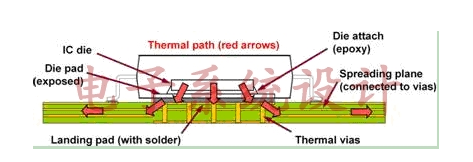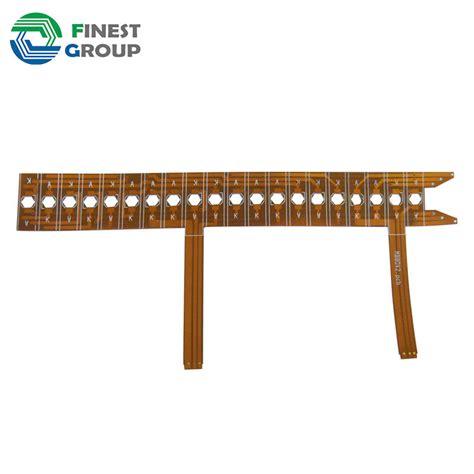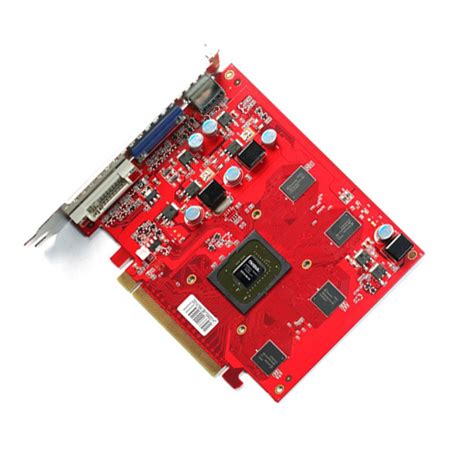Printed Circuit Board Assembly: Manufacturer Quality Metrics
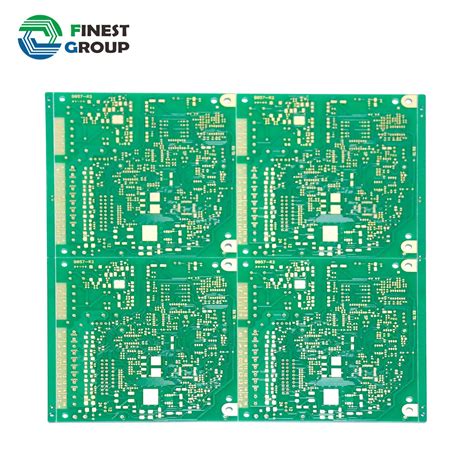
Key Takeaways
When evaluating PCB assembly manufacturers, understanding core quality metrics is essential for ensuring product reliability. Key indicators include adherence to ISO certifications (such as ISO 9001 for quality management and ISO 13485 for medical devices), yield rates reflecting production efficiency, and rigorous testing protocols like In-Circuit Testing (ICT) and Automated Optical Inspection (AOI). Compliance with industry standards like IPC-A-610 and RoHS further validates a manufacturer’s commitment to quality.
Tip: Always request a manufacturer’s quality audit reports and historical yield rate data to gauge consistency in PCBA production.
Supply chain transparency is another critical factor—manufacturers with robust supply chain audits minimize risks related to component sourcing. Below is a comparison of common quality metrics:
| Metric | Benchmark | Impact on Quality |
|---|---|---|
| Yield Rate | > 98% | Reduces rework costs |
| Testing Coverage | 100% ICT + AOI | Ensures defect detection |
| ISO Certification | ISO 9001/13485 | Validates process consistency |
Emerging trends, such as AI-driven defect prediction and IoT-enabled traceability, are reshaping PCB assembly quality standards. When selecting a partner, prioritize manufacturers that balance traditional metrics with innovation to future-proof your electronics manufacturing strategy.
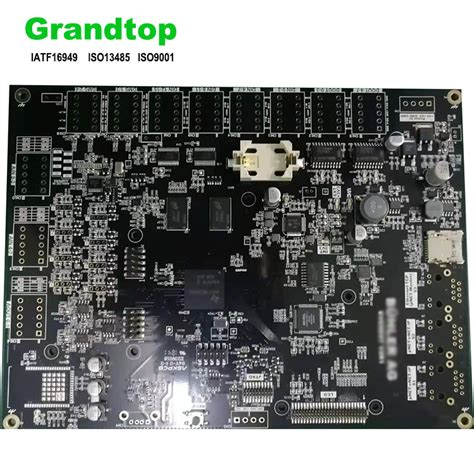
PCB Assembly Quality Metrics Overview
In modern electronics manufacturing, evaluating PCB assembly quality requires analyzing multiple interdependent metrics. PCBA providers must demonstrate adherence to industry-recognized benchmarks, such as IPC-A-610 acceptability standards, which define criteria for solder joint integrity, component placement accuracy, and cleanliness. A manufacturer’s defect density — measured in parts per million (PPM) — serves as a critical indicator of process consistency, with leading firms maintaining rates below 50 PPM.
Equally vital is first-pass yield (FPY), reflecting the percentage of boards passing initial functional tests without rework. High-volume producers typically target 95% or higher FPY to minimize waste and ensure cost efficiency. Advanced automated optical inspection (AOI) systems and X-ray testing further validate assembly precision, particularly for complex designs with fine-pitch components or hidden solder joints.
Beyond process controls, traceability systems play a pivotal role. Manufacturers leveraging serialized component tracking and real-time production monitoring enable clients to audit quality at every stage. These metrics, when combined with documented thermal cycling results and accelerated life testing, form a comprehensive framework for assessing PCB assembly reliability — a non-negotiable requirement for mission-critical applications in aerospace, medical devices, or automotive systems.
ISO Certifications for PCB Manufacturers
In the realm of PCB assembly manufacturing, ISO certifications serve as foundational benchmarks for evaluating a supplier’s commitment to quality and consistency. Standards such as ISO 9001 (quality management) and ISO 14001 (environmental management) validate that PCBA producers adhere to globally recognized processes for minimizing defects, optimizing workflows, and reducing environmental impact. For electronics manufacturers, selecting a partner with IATF 16949 certification—specific to automotive-grade components—ensures alignment with stringent reliability requirements in critical industries.
Certifications also reflect a manufacturer’s ability to maintain traceability across the PCB assembly lifecycle, from material sourcing to final testing. Auditable frameworks under ISO guidelines enable clients to verify compliance with documented procedures, reducing risks of non-conformance. Additionally, certifications like ISO 13485 (medical devices) highlight specialization in sectors where regulatory scrutiny is intense. When assessing PCBA providers, cross-referencing their ISO credentials with industry-specific needs ensures alignment with both quality objectives and long-term supply chain resilience. This due diligence bridges the gap between theoretical standards and practical manufacturing excellence.

Yield Rates in PCB Assembly Processes
Yield rates are a pivotal metric for evaluating the efficiency and precision of PCB assembly processes. Defined as the ratio of functional boards to the total units produced, high yield rates directly correlate with minimized waste, reduced rework costs, and consistent product quality. In PCBA manufacturing, achieving yields above 95% typically indicates robust process controls, though rates vary depending on design complexity and component tolerances.
Key factors influencing yield include soldering defects, component misalignment, and material inconsistencies. Advanced manufacturers employ automated optical inspection (AOI) and X-ray testing to identify flaws early, ensuring defects are addressed before final assembly. For instance, thermal profiling during reflow soldering helps prevent tombstoning or bridging, directly improving yield outcomes.
To optimize yields, manufacturers often analyze process capability indices (e.g., Cp/Cpk) to gauge consistency against design specifications. For high-volume PCB assembly projects, even a 1% yield improvement can translate to significant cost savings. However, achieving this requires rigorous equipment calibration and staff training to maintain alignment with ISO 9001 or IATF 16949 standards.
Lower yield rates in complex designs, such as high-density interconnect (HDI) or flexible PCBs, underscore the importance of collaboration between designers and PCBA providers. Proactive design-for-manufacturability (DFM) reviews and prototype testing can mitigate risks, ensuring scalability without compromising reliability.
By prioritizing yield metrics, stakeholders gain insights into a manufacturer’s ability to balance speed, cost, and quality—a critical consideration when aligning with broader supply chain audits and compliance standards.
Testing Protocols for PCB Reliability
Robust testing protocols form the backbone of ensuring long-term reliability in PCB assembly processes. Manufacturers employ a combination of automated optical inspection (AOI), in-circuit testing (ICT), and functional testing to identify defects in PCBA components, solder joints, and electrical pathways. For high-reliability applications, environmental stress testing—including thermal cycling and humidity exposure—simulates real-world operating conditions to validate performance under duress. Advanced PCB assembly partners integrate X-ray inspection to detect hidden flaws in ball grid arrays (BGAs) or microvia connections, while boundary scan testing verifies digital signal integrity.
Transitioning from design to production, these protocols align with yield rate optimization strategies, ensuring defective units are flagged early to minimize rework costs. Compliance with standards like IPC-A-610 and IPC-J-STD-001 further reinforces testing rigor, bridging gaps between PCB assembly quality benchmarks and end-user expectations. As supply chains grow more complex, traceability tools embedded in PCBA testing workflows enable root-cause analysis for defects, strengthening corrective action frameworks. This systematic approach not only safeguards product longevity but also supports seamless integration with downstream compliance audits and supply chain evaluations.
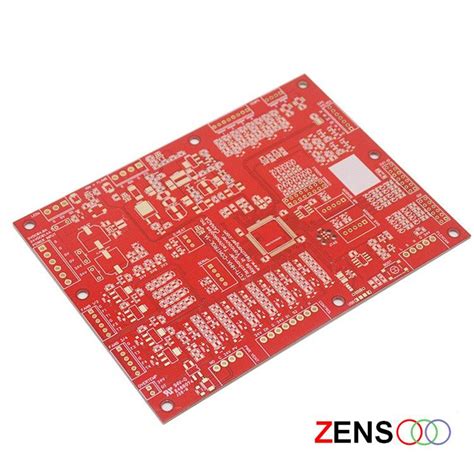
Compliance Standards in Electronics Manufacturing
Adherence to compliance standards is non-negotiable for PCB assembly manufacturers aiming to deliver products that meet global regulatory and safety benchmarks. Key frameworks such as ISO 9001 (quality management) and IPC-A-610 (acceptability of electronic assemblies) define rigorous criteria for process consistency and product reliability. Manufacturers must also align with region-specific mandates like the EU’s RoHS Directive (restriction of hazardous substances) and REACH regulations, which govern material safety and environmental impact.
For PCBA providers, compliance extends beyond certifications to traceability systems that document component sourcing, assembly workflows, and testing outcomes. This ensures accountability across the supply chain, particularly for industries like aerospace or medical devices, where failure rates carry significant consequences. Third-party audits and electrical safety certifications (e.g., UL or CE marks) further validate a manufacturer’s commitment to industry best practices.
Transitioning seamlessly from testing protocols to supply chain audits, compliance serves as the backbone of risk mitigation. By integrating these standards into every stage of PCB assembly, manufacturers not only avoid legal penalties but also build trust with OEMs prioritizing long-term partnerships over short-term cost savings.

Supply Chain Audits for PCB Quality
Effective PCB assembly manufacturing relies on rigorous supply chain audits to ensure consistent quality across production stages. These audits evaluate suppliers’ adherence to ISO 9001 and IATF 16949 standards, focusing on material sourcing, component traceability, and process controls. For PCBA providers, verifying raw material integrity—such as copper-clad laminates and solder pastes—is critical, as subpar inputs directly impact yield rates and long-term reliability. Auditors also assess supply chain resilience, including logistics networks and inventory management, to mitigate risks like component shortages or delays.
Modern audit frameworks emphasize data-driven validation, leveraging tools like blockchain for real-time tracking of material origins and batch-specific certifications. This transparency ensures compliance with RoHS and REACH regulations while reducing defects linked to counterfeit components. Additionally, audits scrutinize subcontractors involved in specialized processes (e.g., SMT assembly), ensuring alignment with the manufacturer’s quality protocols. By prioritizing end-to-end visibility, PCB assembly partners can maintain traceability from design to delivery, reinforcing trust in high-stakes industries like aerospace or medical electronics.
Integrating these practices not only strengthens compliance but also aligns with broader trends in ethical sourcing and sustainability, positioning manufacturers as reliable partners in complex global supply chains.
Choosing Reliable PCB Assembly Partners
Selecting a PCB assembly partner requires a strategic evaluation of both technical expertise and operational consistency. Start by verifying certifications like ISO 9001 and IPC-A-610, which reflect adherence to international quality management and electronic assembly standards. Manufacturers with robust process controls—such as automated optical inspection (AOI) and X-ray testing—demonstrate commitment to minimizing defects in PCBA outputs.
Evaluate yield rates as a key indicator of production efficiency; high yields (typically above 98%) signal optimized workflows and reduced material waste. Additionally, prioritize partners with transparent supply chain audits, ensuring traceability of components and compliance with regulations like RoHS or REACH. Real-time process monitoring and failure mode analysis further highlight a manufacturer’s ability to address issues proactively.
For long-term reliability, assess scalability and responsiveness. Partners offering design-for-manufacturability (DFM) feedback and flexible prototyping capabilities can streamline product development cycles. By aligning these metrics with your project’s technical demands, you mitigate risks while fostering partnerships that deliver consistent PCB assembly quality across high-volume production runs.
Future Trends in PCB Manufacturing Quality
The PCB assembly (PCBA) sector is poised for transformative shifts as emerging technologies redefine quality benchmarks. Industry 4.0 integration, including AI-driven inspection systems and IoT-enabled process monitoring, is enabling PCB manufacturers to achieve near-zero defect rates while optimizing yield performance. Advanced machine learning algorithms now predict component placement errors and solder joint anomalies in real time, reducing reliance on post-production testing.
Sustainability is becoming a cornerstone of quality metrics, with manufacturers adopting halogen-free substrates and lead-free soldering techniques to meet global environmental regulations. Additionally, traceability solutions powered by blockchain technology are enhancing supply chain transparency, ensuring compliance with evolving ISO standards and client-specific protocols.
Another critical trend involves the adoption of flexible hybrid electronics (FHE), which demand tighter tolerances for PCBA reliability in wearables and medical devices. To address this, manufacturers are investing in 3D automated optical inspection (AOI) and X-ray tomography for multilayer board validation. These innovations not only streamline testing protocols but also future-proof production lines against increasingly complex design requirements.
As miniaturization accelerates, PCB assembly processes will prioritize nano-coating technologies and high-density interconnect (HDI) layouts, balancing performance with durability in mission-critical applications.
Conclusion
Selecting a PCB assembly manufacturer requires meticulous evaluation of quality benchmarks that align with industry demands. Key metrics such as ISO certifications (e.g., ISO 9001 or ISO 13485) validate adherence to standardized processes, while yield rates reflect production efficiency and defect minimization. Rigorous testing protocols, including automated optical inspection (AOI) and functional testing, ensure reliability across PCBA outputs. Compliance with regulations like RoHS and REACH further underscores a manufacturer’s commitment to environmental and safety standards.
Supply chain transparency, verified through audits, mitigates risks related to material sourcing and logistics. As technology evolves, manufacturers adopting AI-driven quality control or IoT-enabled traceability systems are poised to lead in precision and scalability. When choosing a PCB assembly partner, prioritize those integrating these metrics with clear communication channels and proven adaptability to emerging trends. Ultimately, a holistic assessment of these factors ensures alignment with both current project needs and long-term operational resilience in electronics manufacturing.
FAQs
What defines a high-quality PCB assembly process?
A reliable PCBA process is characterized by adherence to ISO 9001 and IPC-A-610 standards, rigorous in-process testing, and a documented first-pass yield rate above 98%. Manufacturers must also demonstrate traceability across the supply chain.
How do certifications impact PCB assembly manufacturer selection?
Certifications like ISO 13485 (medical devices) or IATF 16949 (automotive) validate compliance with industry-specific requirements. These ensure manufacturers meet risk management and quality control benchmarks critical for high-reliability applications.
What testing methods ensure PCBA reliability?
Advanced protocols such as automated optical inspection (AOI), X-ray inspection, and environmental stress testing (e.g., thermal cycling) identify defects in solder joints, component placement, and material integrity.
Why are supply chain audits vital for PCB assembly quality?
Audits verify supplier adherence to RoHS, REACH, and conflict-free mineral policies. This minimizes risks of contamination, delays, or non-compliant materials affecting yield rates and product longevity.
How can I evaluate a PCBA manufacturer’s production consistency?
Request data on defects per million opportunities (DPMO) and mean time between failures (MTBF). Reputable manufacturers provide transparent reports, including corrective action plans for recurring issues.
Ready to Partner with a Trusted PCB Assembly Expert?
For a detailed breakdown of quality assurance practices or to request a manufacturing audit, please click here to explore our capabilities.




